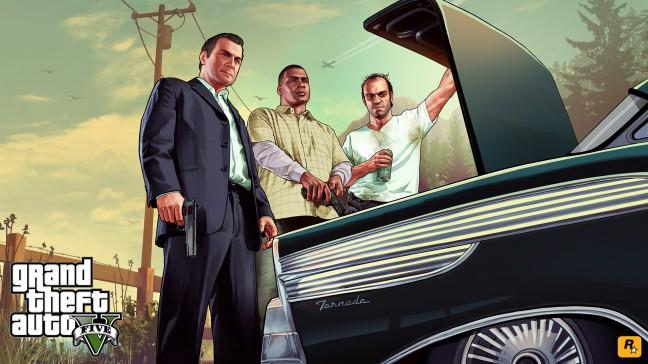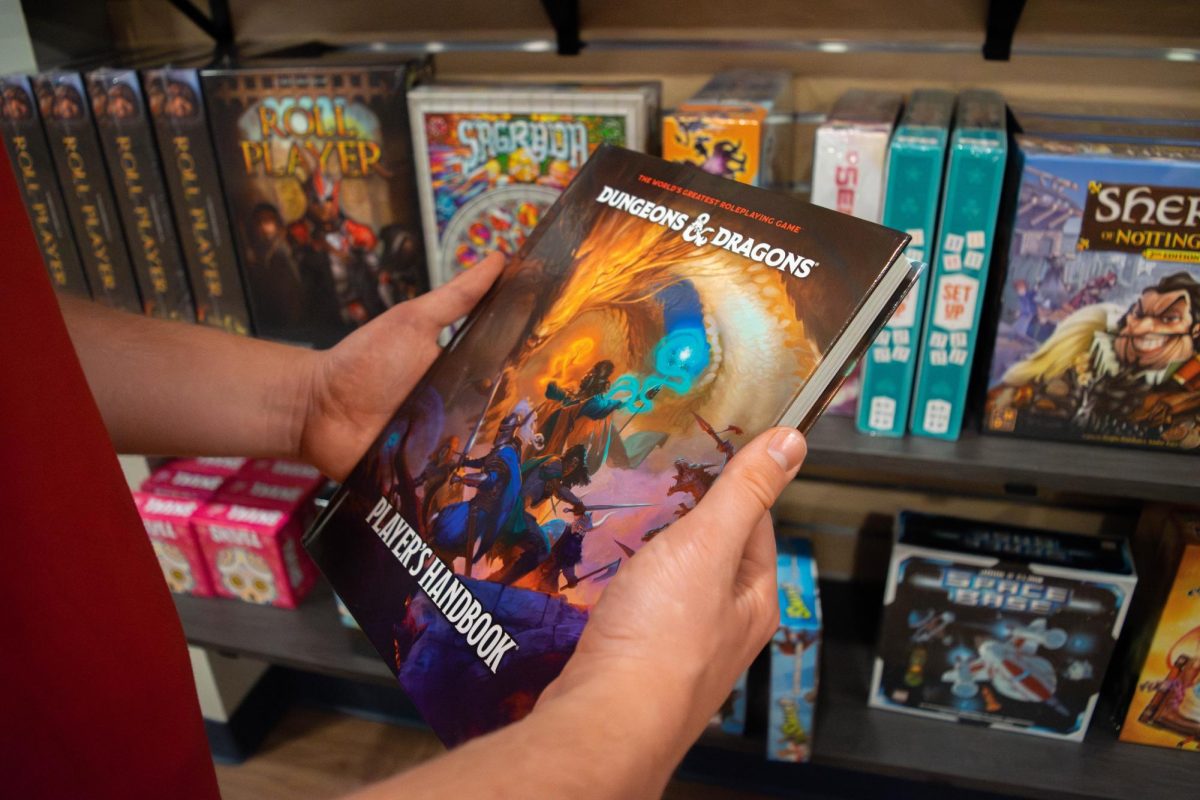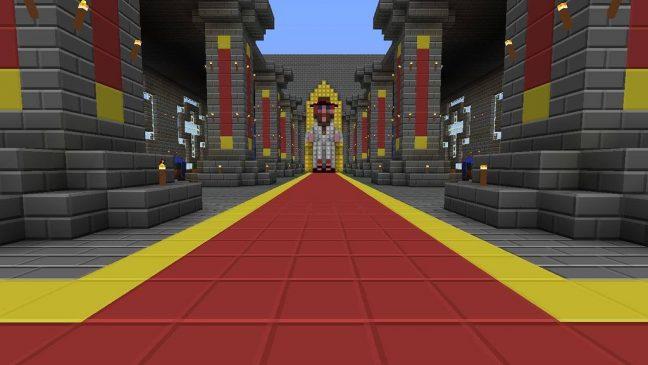Last Tuesday, a line of hundreds of people formed at midnight on State Street. There were men in trench coats with awkward moustaches, pimple-covered teens drinking Monster and many ordinary looking people who turned away from the streetlights should their friends walk by.
It was the release of “Grand Theft Auto V” that brought together such a diverse crowd — and rightfully so. Every “Grand Theft Auto” release is a huge step forward for video gaming, and “GTA V” is one of the biggest thus far.
“GTA V” reverts back to the sprawling open world format of “San Andreas,” where characters level up, cars can be modified and swaths of wilderness can be crossed without ever seeing a person. To many, this format just feels right for the series. It provides the sense of do-anything, go-anywhere, be-anybody the game is known for.
The main story is vastly improved as well, featuring three unique characters whose storylines repeatedly cross as the game goes on. During missions, players switch between the characters to execute various tasks. It keeps missions fresh, switching from submarine piloting to helicopter flying to machine gunning with the flick of a joystick.
Many of these missions involve either setting up heists or executing them. Players have the freedom to perform heists in different fashions, and the impacts are measurable and real. In general, the game feels more polished and cinematic, providing the player with unique and often crazy experiences in place of the constant driving and shooting that gave old games much of their longevity.
“GTA V” doesn’t try to perfectly mimic the real world. You can smoke a joint, hallucinate and slaughter hordes of aliens with a minigun, for example. But the process feels intuitive, convincing and, most importantly, tangible. Characters now have wrinkles and scars on their faces, cars are far easier to destroy and police and citizens alike are remarkably intelligent and prove formidable adversaries, even in small numbers. The characters are no longer pixilated sheep. The end result is a visceral immersion not found in past installments.
This adds force to another change in “GTA V.” While social commentary has always been a cornerstone of the franchise, the humor typically remains sophomoric. While relevant, its crudeness kills its legitimacy. But included in the common jokes about fast food, reality TV shows and so on, much of the most important and prevalent social commentary in “GTA V” is based on current events. It feels like these jokes have been included not for laughs, but because the makers are trying to make an impactful point throughout the game.
Much has already been written on the torture episode with Trevor, the psychopathic leg of the main character tripod. Players torture an innocent man for the government with tools ranging from a wrench to a car battery. Afterwards, Trevor goes on a diatribe on the topic of the government’s use of torture. In heavy-handed fashion, Rockstar Games clearly uses the entire scene as a commentary on the American government’s use of torture domestically and abroad. It’s a bold move, and it’s executed in a much more preachy fashion than veterans would expect of the series. But it intelligently uses the interactivity of playing a video game to its benefit nonetheless.
The strongest suit of “GTA V” is the overwhelming feeling that the series is now truly polished and culturally relevant without shedding its familiar antics — a difficult line to walk. “GTA V” and Rockstar Games seem satisfied with their ability to constantly please fans and are now pushing to legitimize the game in the eyes of the greater public. With improved gameplay, A.I. intelligence, graphics and more, “GTA V” affirms to the rest of the world what gamers have known since “GTA III”: The franchise is an institution, and it’s here to stay.
5 out of 5 stars














